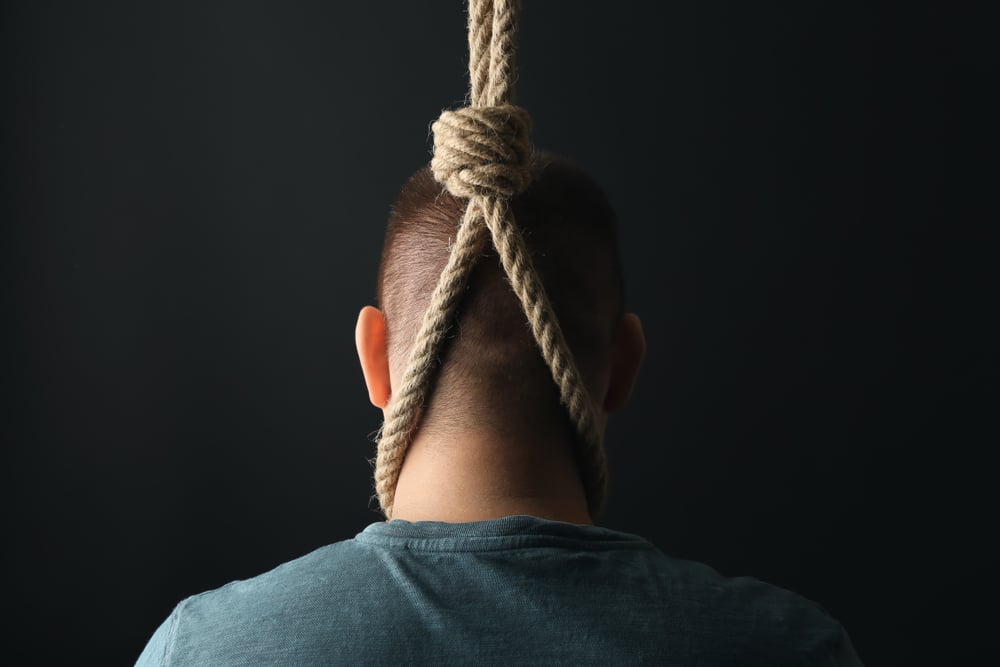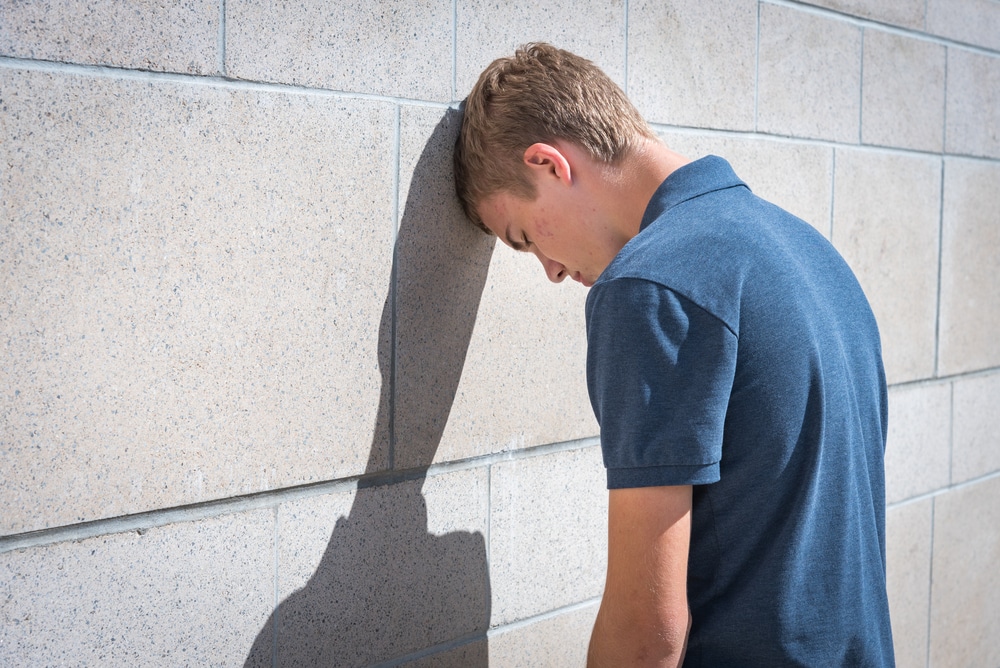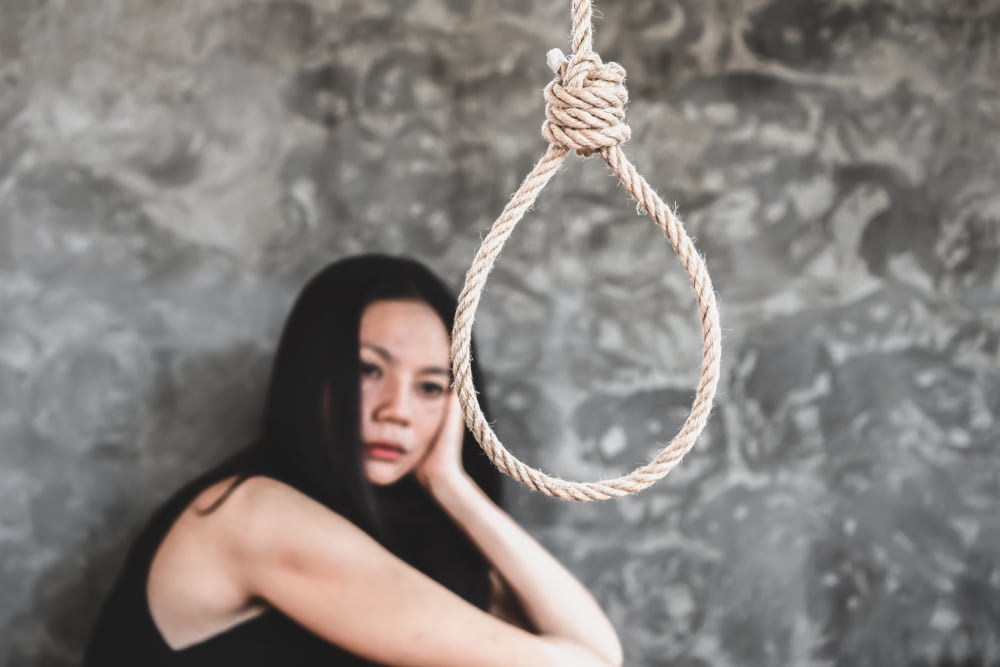There is an illness that is plaguing the entire world right now that does not get the attention it deserves. This illness has taken hold of more people than AIDS, cancer, and diabetes combined and causes near 50,000 suicide deaths of Americans each year. It is among one of the leading causes of doctor visits in the US, causing more than half a million people to visit the hospital for self-harm issues. This is an illness that so many people know far too well, but do they know the truth behind the lies. This illness is depression and though many people suffer from it daily, many are unsure of what depression is and how it works, and the things you can do to prevent and treat depression when it happens to you.
Today we will explore 15 Myths that you may have heard about suicide and depression that you should know to prevent any pitfalls that the disease may be having on you.
1. Suicides Peak During the Holidays

A lot of people believe that suicides peak during the holidays because this is a time when people who live alone or do not have anyone being forced to watch people on television and in the stores making a connection they do not have. The truth is, there are very few suicides in December. Suicide rates are lowest in December and they are highest in the spring.
2. Suicide Rates Climb with Altitude

Surprisingly enough, there are more suicides the higher you rise in elevation, 70% more as a matter of fact. This information holds no matter the socioeconomic situation and other discriminatory factors that you would think would be a serious factor including population density or gun owner.
3. Teens Are at Greater Risk

Contrary to what you may see in the media, teens are far less likely to commit suicide than adults. Staggering numbers show that with adults 45 to 54, there are about 19.72 deaths per 100,000 people annually compare to the 13.15 deaths per 100,000 people for teens 15-24 years old according to the American Foundation for Suicide prevention.
The suicides that get publicized more often than not are for teenagers and this is still a very large number but the sad reality is that teenagers are just as likely to commit suicide as an 85-year-old or older person.
4. Whites Attempt More Suicide Than Other Races

There is no solid evidence on why this is the case but according to Dr. Valenstein, Whites are more prone to committing suicide than Blacks, Asians, or Hispanics. In the white community, the rate for suicide is one average of 15.17 per 100,000 closely followed by American Indians at 13.37 per 100,000. The other groups of people fall in the 6 per 100,000 deaths collectively.
5. Writing Style is Linked to Suicide Risks

Pay attention to the words on the page because they may be telling you more than you think. It has been found that creativity is linked to depression and suicide in writers. Many of history’s most famous writers have taken their lives because they had suffered from depression. Writing is an outlet for someone dealing with depression but in the words, you can find more meaning behind what they are relaying in the text. Some of the greatest writers who were known for dealing with depression are Charles Dickens, John Keats, and Tennessee Williams.
6. Depression is Always the Cause of Suicide

Though 66% of the suicides committed are from people dealing with depression, the rest are usually from those who suffer from alcoholism. The combination of alcohol and worry combine to serve as a recipe for suicide.
7. Your Family Affects the Risk

You can blame it on your parents. In recent studies, it has been found that family history can influence a child to have suicidal thoughts and depression by a whopping factor of 11. The counter to this is, if a child grows up in a supporting and loving environment, that child is far less likely to consider suicide a viable option.
8. Poorer Countries Have Higher Suicide Rates

This is quite the contrary. In most developing countries, suicide rates are at their absolute lowest compared to the most developed countries. For example, for Russian men, they are 32 suicides per 100,000 people out there and Russia is ranked as one of the topmost advanced countries in the world. The jury is still out on exactly why this is the case but some speculate that the region’s high rate of alcoholism could be the hidden key to unlocking the mystery to the cause of why the suicide rate is so high.
9. Most Suicide Attempts Fail

This is a ray of sunshine on a dark and cloudy day. The fact is depressed people that attempt suicide rarely succeed in following through. According to studies, 1 in 10 to 25 people follow through with their suicide attempt and end in death. The best way to prevent someone from being able to attempt is to take away the means for them to commit suicide. The
10. Suicide is More Common in the Past

Even with the advances in technology and the growing opportunities for us to help someone with depression, the amount of suicides from depressed people has stayed relatively consistent over the years in the United States. With that said, teens are twice as likely now to commit suicide than 50 years ago. The most staggering number is the fact that worldwise, suicide rates have increased by 60% worldwide over the past 45 years. This is was a study conducted by the World Health Organization.
11. Treatment Cuts Suicide Risk

The very best way to help someone with depression and reduce their risk of committing suicide is with treatment. Treating someone early or amid their crisis is a great way to change their thought patterns and overall mental state. Treating depression is the best way to prevent their likeliness of committing suicide.
12. Suicides Can Trigger “Copy Cat” Attempts

The sad reality is, people have a tendency to mimic other people’s behavior and this is still true when the behavior is toxic and deadly. Many studies show that in cases where there are students who attempt suicide at a school, the campus has more other attempts that in schools where no one has a suicide attempt. People are very impressionable so steering clear of those who are depressed is a great way to not be depressed.
13. Fewer People are Calling Hotlines

One of the unrecognized areas to seek help for suicide is 1-800-273-TALK. Here is where you can find an ear to help with any dark or dangerous thoughts that may have that can lead to suicide. This is a free service that anyone can use to get advice and move forward today. This is a great form of support that can be the difference between life and death.
14. Suicides are More Common on Weekends

Contrary to what most people think, suicides are not as frequent on weekends. Study have shown though suicides are linked to alcoholism which is more rapid on the weekends, most suicides occur on Mondays and Tuesdays. Some theories suggest that people have a great time on the weekends and it is the whole waking up in the morning on Mondays for work at a job they do not like that may be the underlying factor to contribute to suicides being on the earlier days in the week.
15. Men Are at Greater Risk

Even though it appears to be a man’s world and men have far fewer issues to deal with then women in western culture, more men take their lives each year than women. Studies have shown that women are more likely to attempt suicide, three times as likely, four times as many men are taking their own lives each year. Studies show that more than half of the suicides that happen each year in the United States alone are done with firearms. This is a very violent and high percentage way to follow through with the suicide and the path most men choose to go. On the other end of the spectrum, women tend to use methods like poisoning and overdosing on pills to commit suicide which is a far less likely way to get the job done.
All in all, depression and suicides are a very sad reality that most people have to deal with and has claimed the lives of millions of people over the years. There are many ways to try and cope with the pressures and worries of the world but even so, some people fall too deep into the depression that without treatment, they are likely to try and harm themselves. If you ever feel bad enough to entertain those thoughts or notice self-harm behavior in your friends or family, seek immediate help. It can be the difference between life and death.
